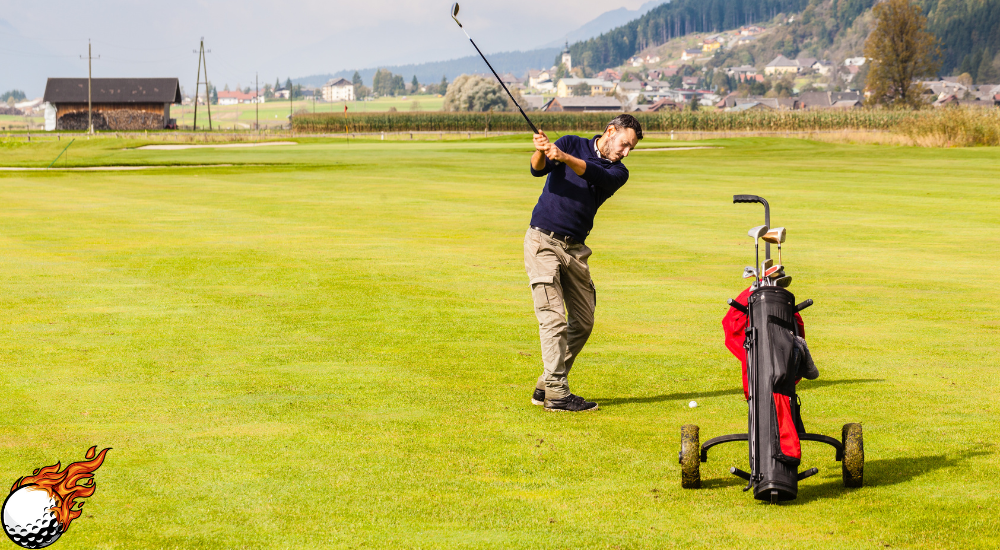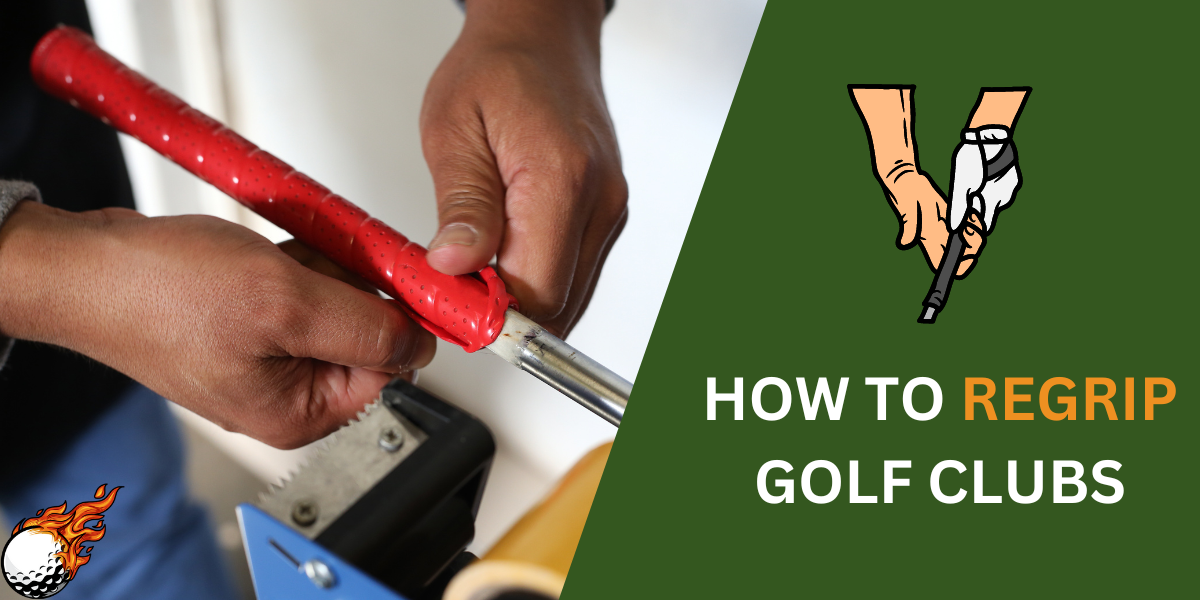
Ever wonder why golfers get excited about “birdies”?
It’s not just about hitting a ball! Golf courses are full of intriguing terms like ‘par’ and ‘bogey.’ But a birdie, oh boy, it’s a fantastic thing – it means scoring one stroke under the average on a hole.
Isn’t that thrilling?
Think of it as a mini-win! Let’s dive into these birdies and figure out how you can score one, too! It’s not as complicated as it sounds, I promise.
- What is a birdie? Scoring one stroke under the average number of strokes (“par”) for a specific hole.
- Why it’s awesome: It shows your skills are improving, lowers your overall score, and gives you bragging rights.
- How to score one:
- Master long, straight drives
- Practice hitting your irons with accuracy
- Become a putting pro
- Understand course conditions (like green speed) to plan your shots wisely
- Use technology to your advantage (clubs, balls)
- Remember: Practice makes perfect! Birdies take time and dedication. Don’t get discouraged; focus on improving each shot.
Defining a Birdie
Okay, so what exactly is a birdie?
It’s one of those golf terms that sounds a bit silly, but here’s the deal:

- One Under Par: A birdie means you finished a hole using one less stroke than the average golfer’s score. The average score for a single golf hole is called “par.”
- Example Time: Let’s say a hole is a “par 4.” That means an average golfer should take four strokes to reach the green: a good tee shot, a couple of shots to get the green, and then sinking the ball in the hole. If you manage to do it in 3 shots, that’s a birdie!
- The Scorecard Impact: Birdies make a big difference on your scorecard. The fewer strokes you take overall on a golf course, the better your final golf score.
That’s the basics of a birdie! Later on, we’ll learn how actually to score these
The Thrill of a Birdie
So, why do golfers get all pumped about birdies?
Here’s why:

- Skill Showcase: Birdies aren’t easy! They take practice and good shots to sink the golf ball in fewer strokes than average. Scoring one shows you’re improving.
- Scorecard Celebration: Golf scoring is all about getting the lowest score possible. A birdie means you just took a big step towards winning a round against your friends (or yourself!).
- A Bit of History: Some people think the term “birdie” started way back in the early 1900s at the Atlantic City Country Club. It might have been slang for something cool or awesome!
Birdies Have Cousins
- Eagle: Even better than a birdie! An eagle is two strokes under par on a single golf hole.
- Double Eagle (Albatross): This is a very rare score – it’s three strokes under par!
- Bogey (and Beyond): Unfortunately, there are less exciting golf scoring terms, too. A “bogey” means one stroke over par, and a “triple bogey” is three strokes over. Ouch!
So, birdies are a special part of the birdie and eagle theme in golf, and they’re definitely something to get excited about!
How to Score a Birdie in 2024
Scoring a birdie is about more than luck. There are things you can do to give yourself the best chance on every single golf hole.

Let’s break it down…
- Course Smarts: Golf courses change every year! Understanding things like how fast the greens are or where the tricky bunkers are can help you plan your shots better.
- Technology Boost: Golf clubs have become much more advanced. Today’s gear can help you hit the ball farther and straighter—a big advantage if you want to birdie.
- Skills to Master: Even with great gear, these key skills separate average golfers from the really good ones:
- Driving Accuracy: A long drive in the right spot sets you up for success.
- Iron Precision: Hitting your irons close to the hole is crucial for scoring low.
- Putting Magic: You have to sink those putts! Even professional golfers spend tons of time practicing putting.
Remember: Even pros only get birdies on some holes. Sometimes, they only get par or even a bogey. A “hole in one” is the ultimate birdie, but those are super rare! The goal is to get better over time, and those birdies will start to add up.
Practice Drills to Ace Your Birdie Attempts
Getting good at golf takes practice – ask any professional golfer!

Here are some drills to turbocharge your birdie skills:
- Driving Range Power-Up: Focus on hitting long, straight drives. Set targets and try to hit them consistently.
- Iron Accuracy Challenge: Set up different targets at varying distances and practice hitting your irons close to them.
- Putting Green Master: Practice short putts to nail those one-putt birdies. But don’t forget longer putts – those can save you from a dreaded bogey!
Pro Tip: Make it Fun!
These drills are more effective if you make them enjoyable.
Here are a few tips:
- Compete with Friends: Challenge your buddies to put contests or long-drive competitions.
- Track Your Progress: Keep a little notebook of your practice scores and see how you improve over time. Celebrate those good golf scores!
Remember: Birdies don’t happen overnight. Consistent practice is the key to getting the number of strokes down on each hole and for your entire round! Even if you don’t score a birdie every time, those practice sessions will make you a much better golfer (and keep the bogeyman away).
Conclusion

So, there you have it – the mystery of the word “birdie” is solved!
It means scoring one under par on a single hole, and it’s a sign of a good golfer. While birdies might seem tough now, remember:
- Practice Makes Perfect: Putting in time on the course and practice range will help you improve your scores.
- Focus on Each Shot: Don’t get down about one bad hole. Take it one shot at a time, and those birdies will start to appear.
- Have Fun! Golf is a game, so enjoy it! Challenge yourself, but don’t be afraid to laugh at the occasional bad shot – even expert golfers have those!
Who knows, you’ll even get lucky and snag an ace (that’s a hole-in-one!).
Some believe the term “birdie” originated with a golfer named Ab Smith. Whether true or not, scoring under par on a hole definitely feels awesome!
Keep practicing, and before long, those birdies will be a regular thing!
Frequently Asked Questions
What’s the difference between birdie, eagle, and bogey?
These terms all refer to your score on an individual golf hole compared to “par” (the average number of strokes for that hole). A birdie is one under par, an eagle is two under, and a bogey is one over par. United States Golf Association might be the ruler of the rules of the game.
Can a beginner get a birdie?
Absolutely! While more challenging for beginners, birdies are possible for anyone. Practice and improving your skills will increase your chances.
Do professional golfers get birdies often?
Yes! Even the best golfers in the world work hard to make birdies, but due to their skill level, they do so more often than average golfers. Some pros might even attempt an eagle (two strokes under par).
Is a hole-in-one the same as a birdie?
Nope! A hole-in-one (or ‘ace’) is even better! That means sinking the ball on your first shot of the hole. It’s a very rare bird indeed!
What if I don’t get a birdie, but I’m still under par?
Even if you don’t score a birdie, any score under par on a hole is a great thing! Getting par means you played the hole as an expert golfer would, which is a win!









